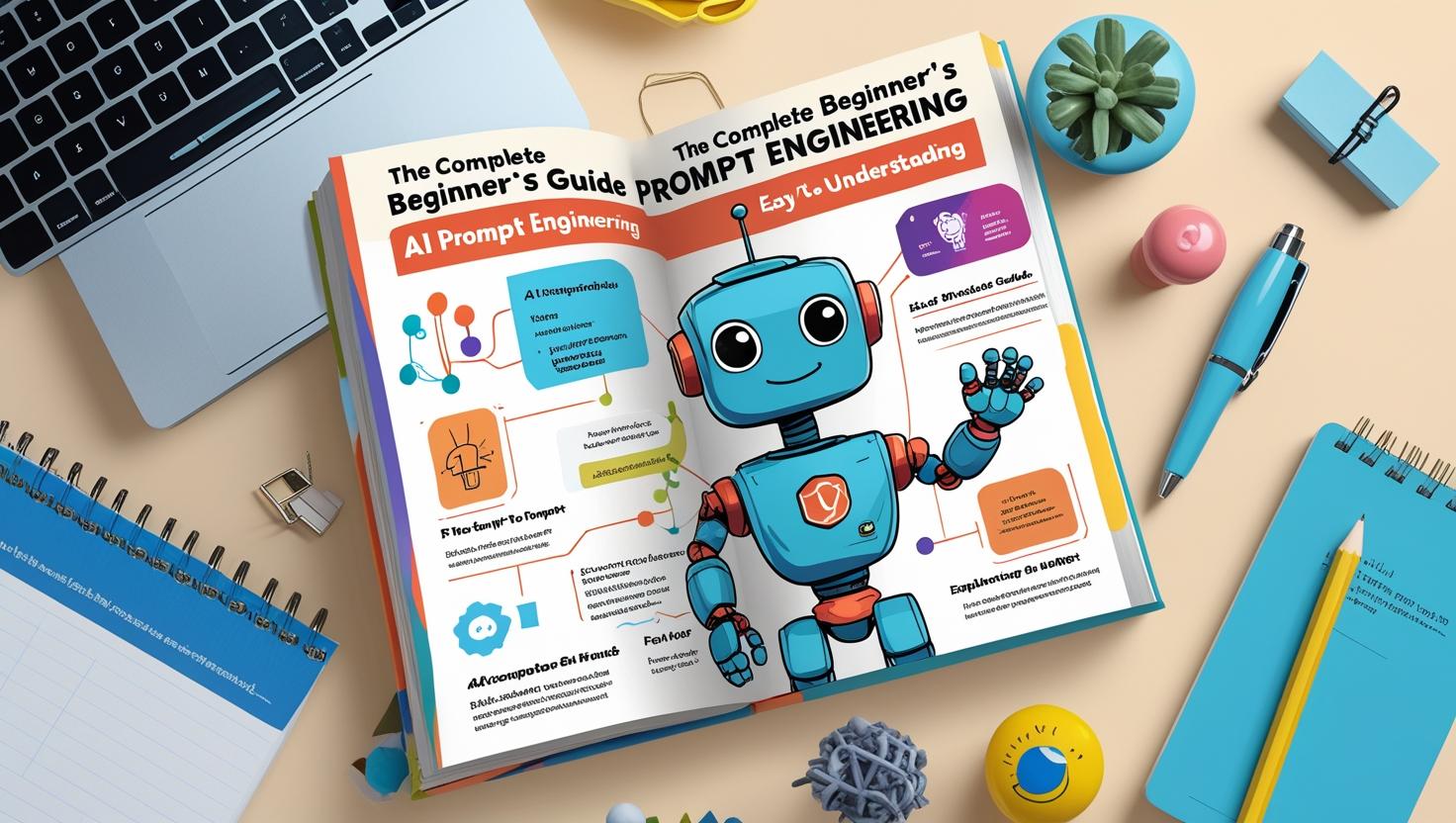What is AI Prompt Engineering?
AI prompt engineering is the practice of crafting effective instructions and questions to get the best possible responses from AI systems. Think of it as learning to communicate clearly with a very intelligent assistant who takes your words literally.
The 5 Pillars of Effective AI Prompts
1. Be Clear and Specific
Vague prompts lead to vague responses. The more specific you are, the better your results will be.
❌ Poor Example:
✅ Better Example:
2. Provide Context and Background
Give the AI the background information it needs to understand your request fully.
❌ Poor Example:
✅ Better Example:
3. Define Your Desired Format
Specify exactly how you want the response structured.
Format Examples:
- Lists: “Provide your answer as a numbered list”
- Tables: “Format the comparison as a table with columns for…”
- Step-by-step: “Break this down into clear, actionable steps”
- Paragraphs: “Write in paragraph form with subheadings”
4. Set the Tone and Style
Tell the AI what voice or style you want for the response.
Tone Examples:
Casual: “Use a friendly, conversational tone”
Academic: “Write in an academic style with proper citations”
Creative: “Be creative and engaging, like a storyteller”
5. Include Examples When Helpful
Show the AI exactly what you’re looking for by providing examples.
Example with Context:
Write 5 social media captions for a coffee shop. Here’s the style I want:
Example 1: “Monday motivation starts with the perfect brew ☕ What’s your go-to coffee order? #MondayMotivation #CoffeeLovers”
Example 2: “Rainy day = perfect day for a cozy corner and our signature hot chocolate 🌧️☕ #RainyDayVibes #HotChocolate”
Please create 5 more captions in this same style and format.
Essential Prompt Techniques
The “Role-Playing” Technique
Ask the AI to take on a specific role or persona for more targeted responses.
Example: “Act as a fitness trainer with 10 years of experience. Create a beginner-friendly workout plan for someone who wants to lose weight and has never exercised before.”
The “Think Step-by-Step” Approach
For complex problems, ask the AI to break down its reasoning.
Example: “I need to plan a surprise birthday party for 20 people with a budget of $500. Think through this step-by-step and provide a detailed plan including venue, food, decorations, and timeline.”
The “Constraint” Method
Set clear limits and requirements to get more focused results.
Example: “Write a product description for noise-canceling headphones. Requirements: exactly 150 words, mention 3 key features, include a call-to-action, target audience is remote workers.”
Common Beginner Mistakes to Avoid
🚫 Don’t Do This:
- Being too vague: “Make this better” (Better how? In what way?)
- Asking multiple unrelated questions: Stick to one main request per prompt
- Forgetting to specify length: Always mention if you want a short or long response
- Not providing enough context: The AI doesn’t know your background or situation
- Using jargon without explanation: Define technical terms if needed
Prompt Templates for Common Tasks
Content Creation Template
– Length: [word count]
– Tone: [professional/casual/friendly/etc.]
– Format: [blog post/email/social media/etc.]
– Key points to include: [list 2-3 main points]
– Call-to-action: [what you want readers to do]
Problem-Solving Template
Constraints: [budget, time, resources, etc.]
Goal: [what success looks like]Please provide a step-by-step solution with specific actions I can take.
Learning Template
– Simple definition
– Why it’s important
– Real-world examples
– Common misconceptions
– Next steps for learning more
Advanced Tips for Better Results
💡 Pro Tips:
- Iterate and refine: Don’t expect perfection on the first try. Ask for adjustments.
- Use follow-up prompts: “Can you make this more concise?” or “Add more technical detail.”
- Ask for alternatives: “Give me 3 different versions of this.”
- Request explanations: “Explain why you chose this approach.”
- Set priorities: “Focus mainly on cost-effectiveness, with user experience as secondary.”
Testing Your Prompts
Before using a prompt for important work, test it with these questions:
- Is my request clear and specific?
- Have I provided enough context?
- Did I specify the format I want?
- Have I mentioned the tone/style?
- Are there any constraints or requirements I forgot?
Quick Reference Checklist
Use this checklist before submitting your prompt:
- ✅ Clear and specific request
- ✅ Sufficient context provided
- ✅ Desired format specified
- ✅ Tone/style mentioned
- ✅ Length requirements stated
- ✅ Examples included (if helpful)
- ✅ Constraints/requirements listed
Remember: AI prompt engineering is a skill that improves with practice. Start with these basics and gradually develop your own style as you gain experience.
Ready to Practice?
Try rewriting one of your previous prompts using these guidelines. Notice how much more specific and helpful the responses become!

